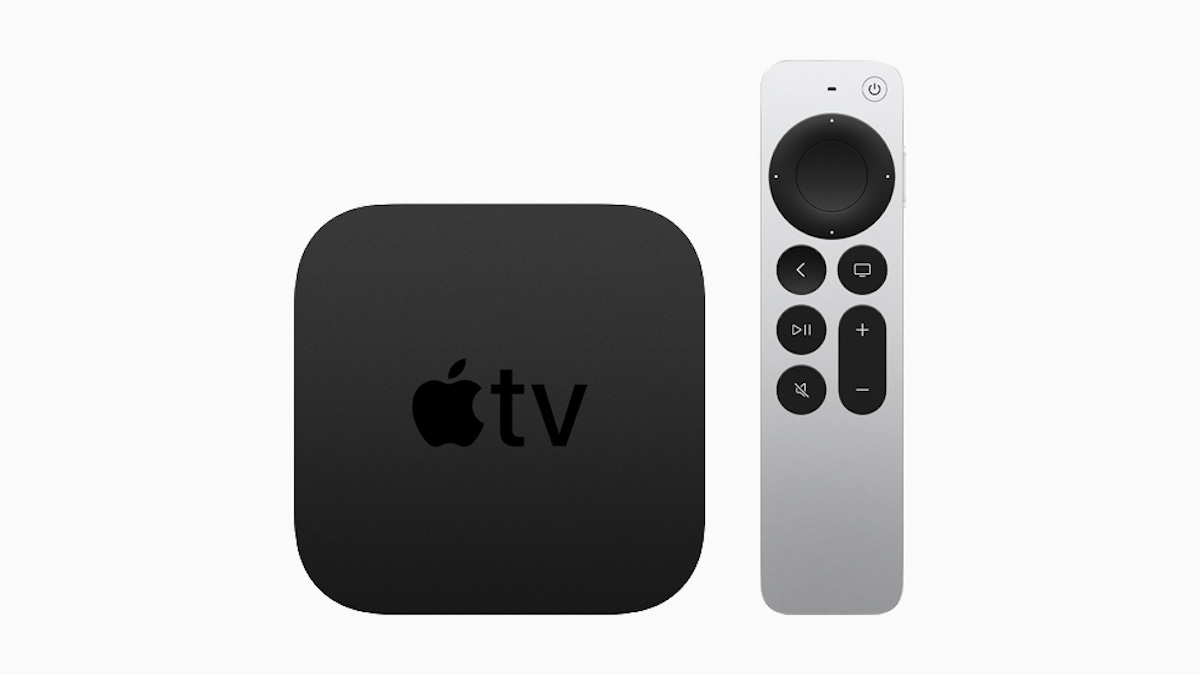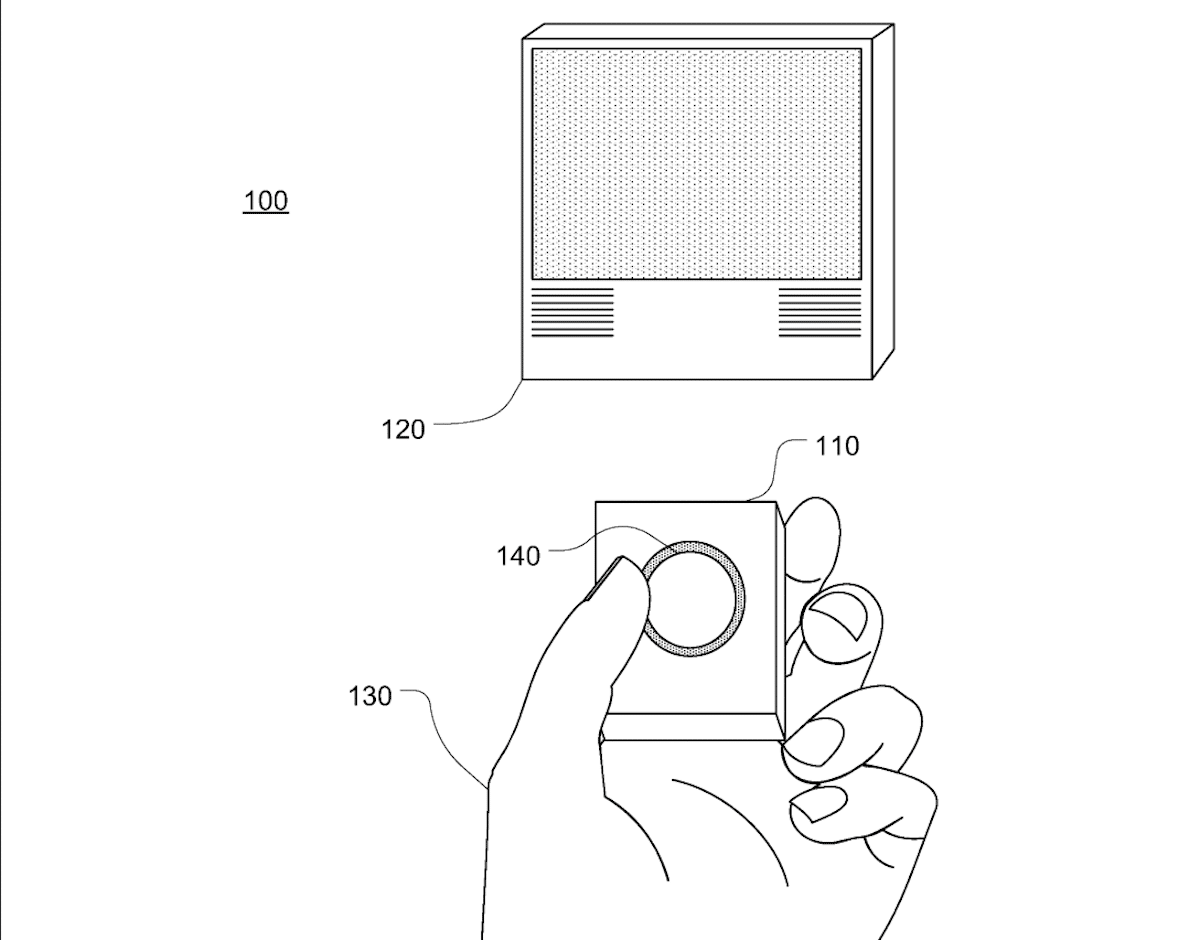The U.S. Patent and Trademark Office granted Apple a new patent for the use of Touch ID sensor in a remote. Titled “Electronic device operation using remote user biometrics” the patent describes a controller/remote with a biometric sensor to offer a personalized experience for devices operated by multiple users.
Starting with iPhone, Apple introduced Touch ID authentication in iPad and Mac models for users to quickly unlock devices, login websites and accounts, and make online payments. And the company plans to release the same authentication system on devices operated with remotes like Apple TV.
An electronic device having at least one operational setting, such as a power setting, with at least a first state and a second state. The electronic device may also include an access controller that can receive state data and authorization data from an external source such as a remote control. The access controller may enable a state of the operational setting upon receipt of proper authorization data received from or related to the output from at least one biometric sensor associated with the remote control.

An Apple TV or home-automation remote with Touch ID can be used to quickly sign-in accounts
The filing details that there are several electronic devices that are “manually” controllable like set-top boxes, home automation controllers, and others. With Touch ID authentication, Apple TV users will be able to create multiple accounts and save passcodes. And users with HomeKit devices will be able to turn off false security alarms, add passcode protection, and more with Touch ID.
Multiple members of a household may share a single television. In many cases, preferences may differ from user to user. In some examples, alterations to electronic device settings made by a first user may diminish the quality of the experience of a second user. Furthermore, some electronic devices may include features or options inappropriate for some users to modify or enable.
In many cases, electronic devices may include access limitation features such as passcodes or passwords to prevent inappropriate modification of settings. For example, a television may require a passcode to tune particular channels. In still other examples, a home security system may require a password to cancel a false alarm.
Remembering and correctly communicating passwords or passcodes to enjoy limited access features of electronic devices may diminish the quality of the experience of an authorized user. In certain cases, the user may be additionally frustrated when directed to enter a passcode or password via a small remote control or a compact input panel.

It must be kept in mind that Apple files for several patents in a year and not every described technology is developed and released in products.
Read More:


